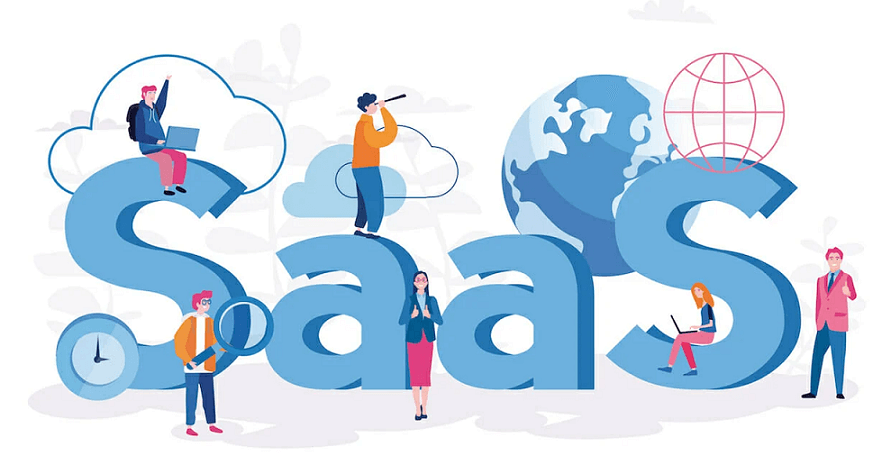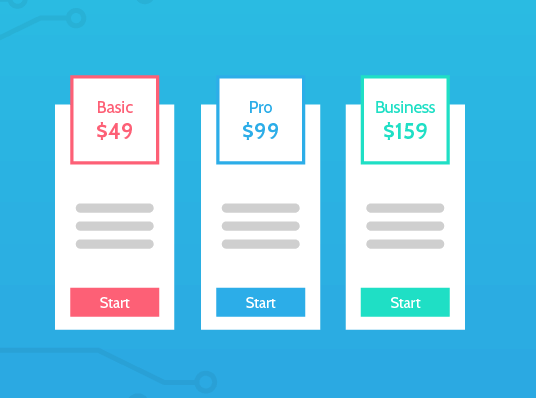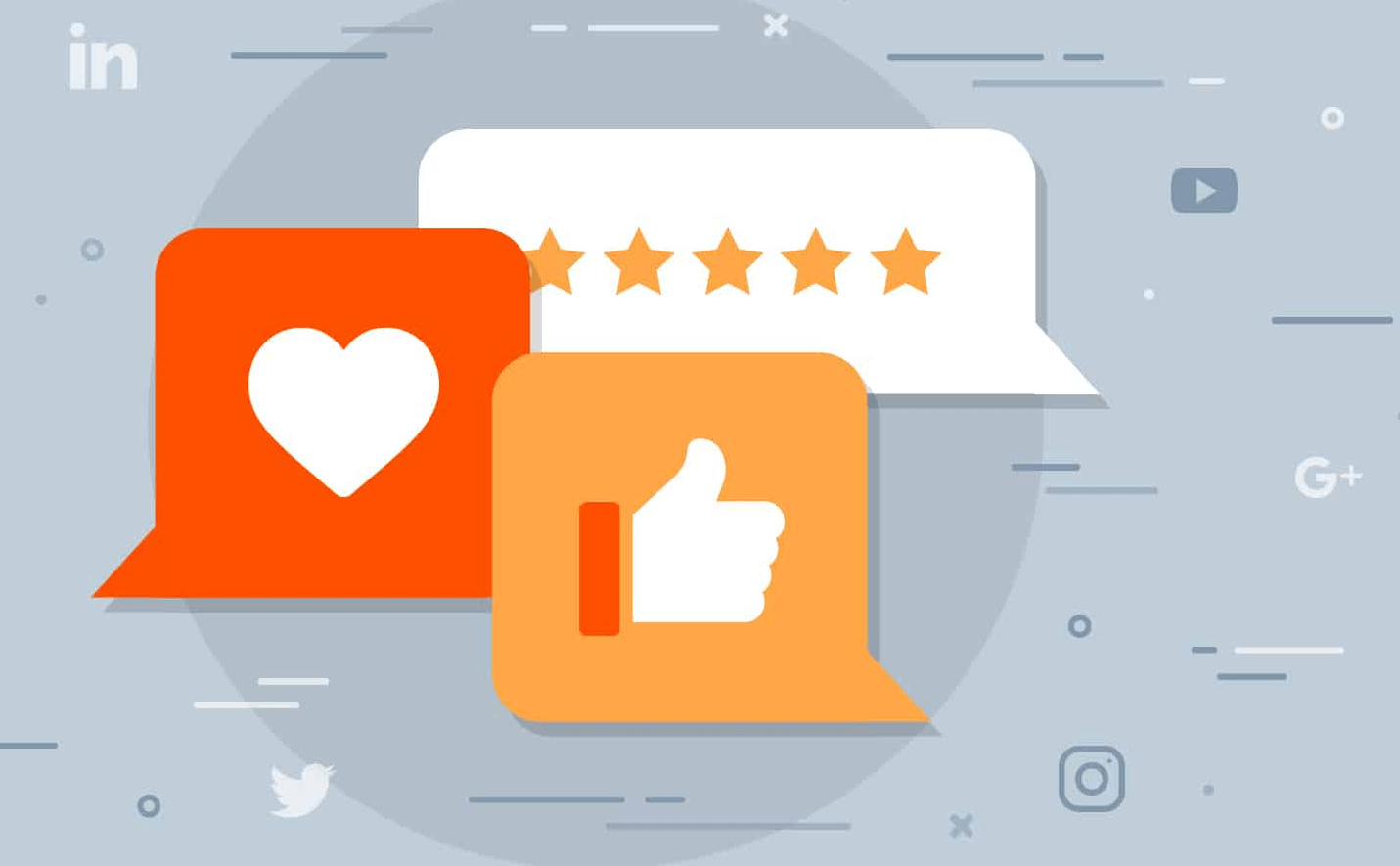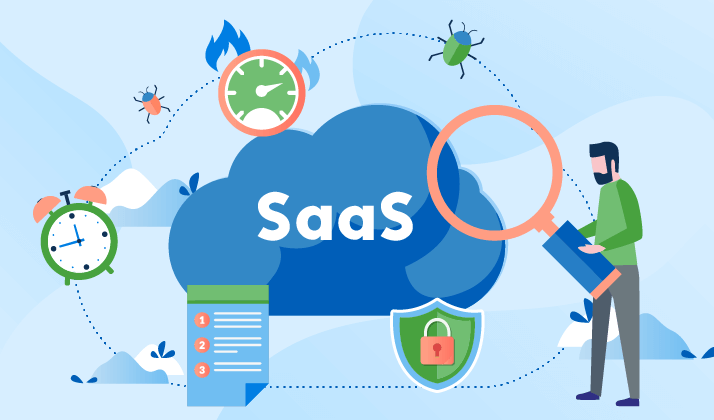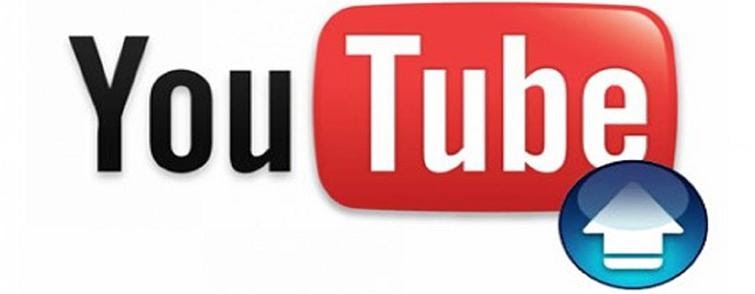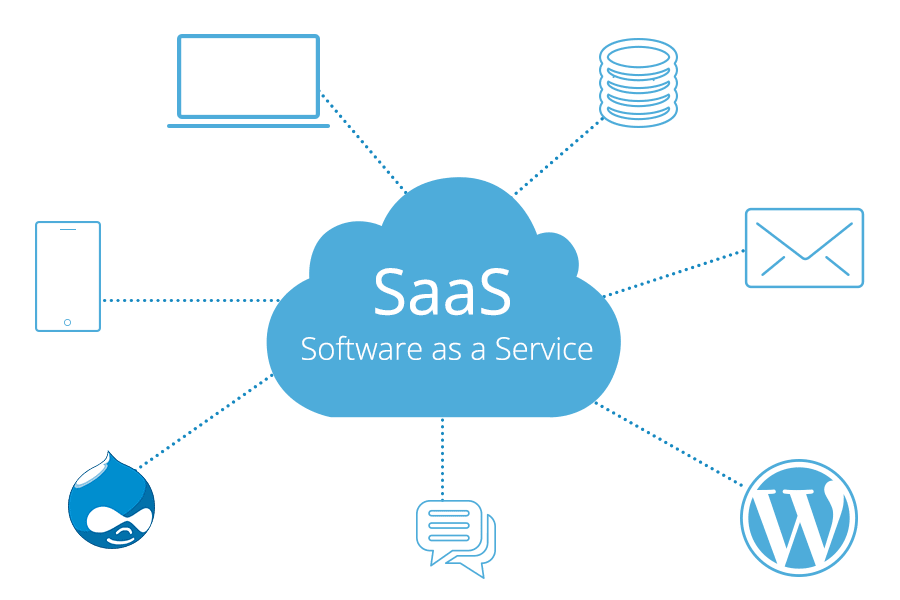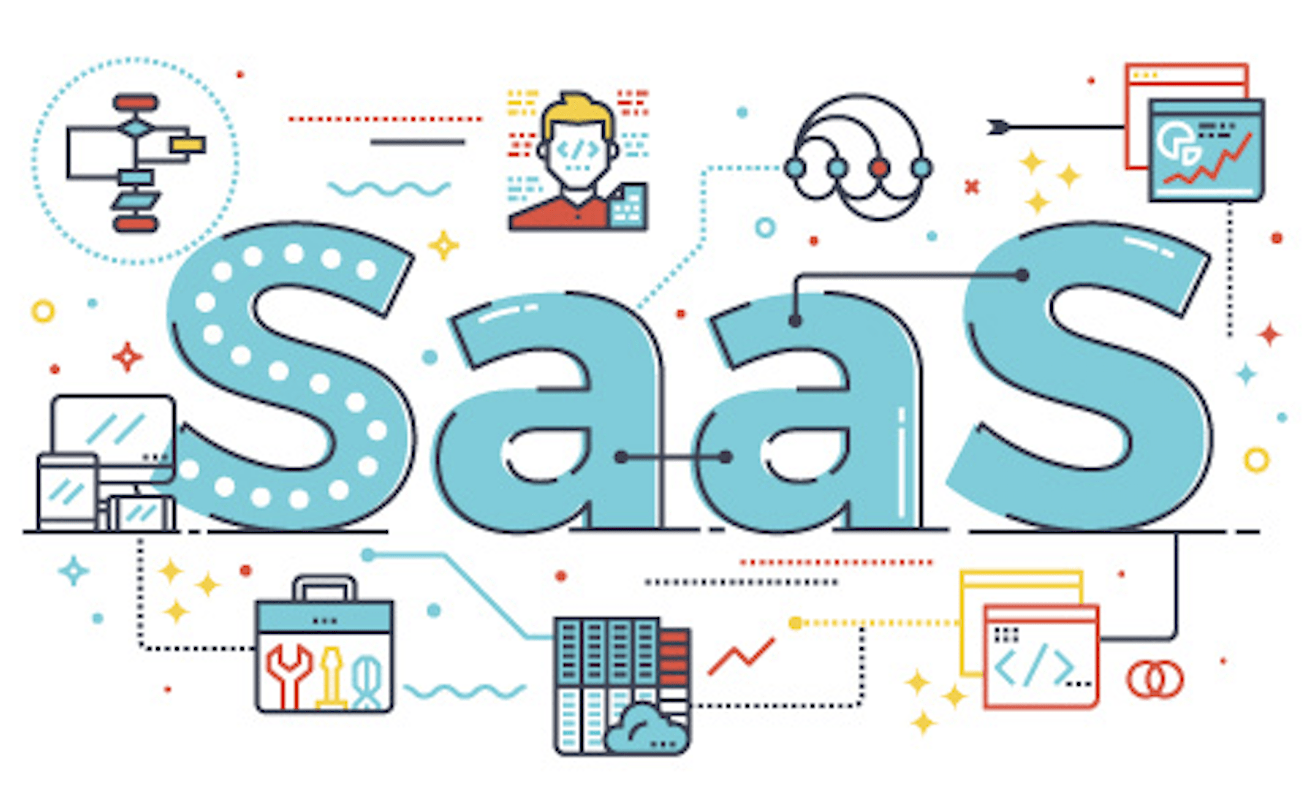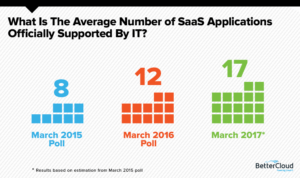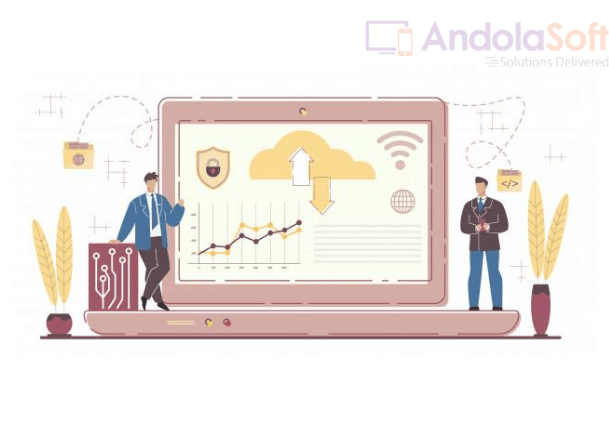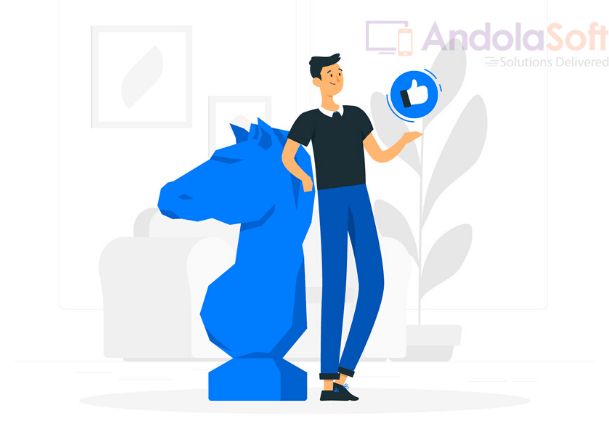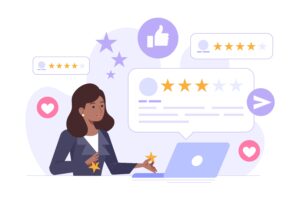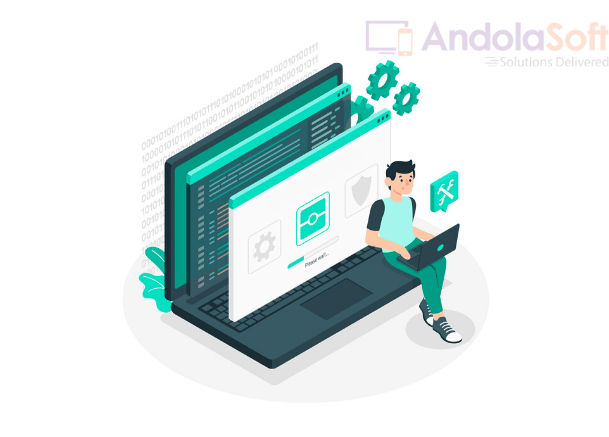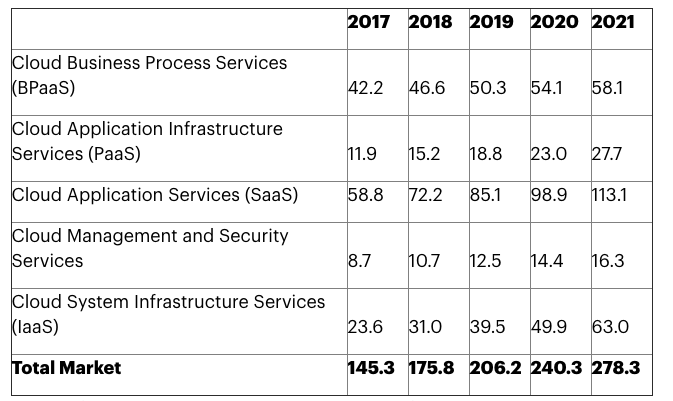SaaS marketing is a new age marketing where intangible services of software are promoted and sold.
SaaS that stands for Software as a Service is a process by which any business hires a professional application that lets users to connect and use cloud-based applications via the internet.
75% of cloud workflows will be provided as SaaS by 2021. This statistic shows the growing popularity of the SaaS business model.
SaaS provides regular updates and adds timely functionality to its service.
Since SaaS marketing is an intangible product, the offered services have to be continuously monitored & improved as per the feedback received from existing and potential customers so that you can thrive in business and expand your customer base.
The Ultimate Guide To SaaS Marketing Strategies
If you are someone who is looking to study SaaS marketing, you must understand some basic differences between the marketing of a normal product and a service that is intangible.
While promoting and selling tangible products, customers normally pay only once whereas SaaS marketing users normally pay in the monthly subscription.
Never miss an update from us. Join 10,000+ marketers and leaders.
Giving products as freebies is not ideal in normal marketing; however, in SaaS marketing, it could be beneficial to give users the option to use services as freebies.
SaaS is a product of the digital age and it requires different types of strategies to make it successful for your businesses.
Here are the 5 strategies for SaaS that will give you result quickly:
1. Offering Of Free Trials Or Subscription Plans
One of the main aspects while devising a strategy for SaaS is the building of trust among the potential and current users in the services.
Since potential or existing clients cannot see the product by touching or seeing it, the offered services should show their respect in the usage.
It can be done by offering the services for free at the initial period, so the customers can taste products and if they perceive them positively, turning them into paid subscribers is not difficult.
Even if the customer does not convert into sales, SaaS companies still get a lead for the future.
To make more potential users aware of the offered services is the goal of this tactic and it has been used extensively by many SaaS offering companies for good effect.
One of the best ways to implement this “free service” is via Instagram and Facebook Ads, where the target audiences are prompted to click on the ‘Free Trial’ button by highlighting the offered services and exclusive rewards.
Also, offering a free trial via social media makes SaaS companies reach a wider audience.
2. Talk Trigger Strategy For SaaS
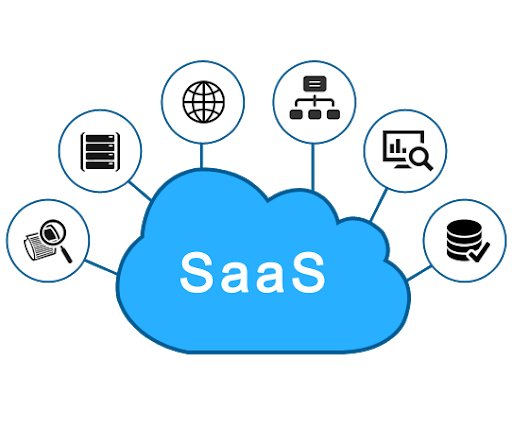 Talk trigger is a strategy that offers some surprise or some incentive that is related to offered services by SaaS companies for target customers, (both existing and potential) that creates positive conversations or word of mouth.
Talk trigger is a strategy that offers some surprise or some incentive that is related to offered services by SaaS companies for target customers, (both existing and potential) that creates positive conversations or word of mouth.
However, it has to be relatable, repeatable, and accessible for the customers.
For instance: a SaaS company offering an extra 1-month free service for referring new clients.
While devising a strategy for SaaS talk trigger, companies must keep in mind, the below points:
- It should not be a gimmick and must follow the promised free services or incentives.
- It should not be a one-time activity. It should be repeatable.
- Cost-effective in both points of view, the SaaS company in question, and user.
One of the best examples of talk trigger is to offer an incentive in the form of a rebate on the current subscription fee or extension on the paid subscription time frame.
3. Promoting Positive Reviews And Rating
In the age of the internet, good ratings and positive reviews on good SaaS Company listing platforms that are given by genuine customers can create a positive atmosphere for SaaS marketing.
It is one of the best strategies for SaaS marketing that gives results.
To implement this policy, the SaaS application development companies can put a review and rating section in the ads running on social media or on their websites.
However, the rating and reviews left by the customers should be original and verified. A system can be in place to check the authenticity of the reviews.
Having positive reviews and ratings from the customers creates a positive atmosphere for the company offering services.
It gives mouth-to-mouth publicity and promotes brand loyalty for SaaS Marketing companies.
If a company has a good substantial customer base, it will help to increase your positive review and rating status.
4. SEO For SaaS Marketing
When anyone is thinking of promoting a service online, SEO is one aspect that cannot be ignored at all.
The SaaS Company can boost the selling services drastically if they follow a quality SEO practice on their marketing strategy.
SEO is a continuous activity and the following are some of the important points that can affect the SaaS marketing companies on SEO ranking:
-
Technical aspects of the Website:
Having a website that loads faster, doesn’t shut down, works efficiently, and provides easy navigation to all parts is very important. All these aspects should be monitored continuously for betterment. No one likes visiting a lagging website with poor navigation and an unattractive look.
-
On-Page Aspects As Per SEO:
The second most important part is the on-page SEO aspects of the website specifically related to all Both website and blog page content must be well SEO optimized to improve the visibility on Google search.
-
Off-Page Aspects As Per SEO:
The linking of the blog posts back to the SaaS marketing page is important. As it makes Google search engine understand how valuable your services are and for customer view-point as well. More back links mean more traffic to your website and gains to SaaS marketing companies.
5. Video Posting On YouTube Social Media And Website
Videos have become a new age medium for communication since the advancement of 4G and now with 5G, bringing more people to video consumption.
By posting positive videos about the companies services, internal working, testimonials of existing clients, and overall positive vibes fun videos on social media like
- YouTube
etc, is a great way to make potential customers relate to your services and have a better understanding about them.
42% of users expect a response time of less than 60 minutes.
I’ve worked with the team at Andolasoft on multiple websites. They are professional, responsive, & easy to work with. I’ve had great experiences & would recommend their services to anyone.
Ruthie Miller, Sr. Mktg. Specialist
Salesforce, Houston, Texas

It creates curiosity about the SaaS Marketing companies and gives insight into the company vision and work style.
Just like there is no perfect beauty in the world, similarly, there is no perfect SaaS Marketing strategy.
SaaS marketing companies need to be innovative with ideas and use a blend of services as they fit for promotion and marketing.
Conclusion:
These worthwhile SaaS marketing strategies, if leveraged, will enhance customer acquisition and lead generation for SaaS businesses.
Diverse offers avenues that marketers can explore to serve as beneficial SaaS marketing strategies, and there are endless possible combinations that work for numerous businesses.
All you have to do is to try different approaches, and with the help of consumer metrics, figure out what works. SaaS marketing is a paradise for marketers.
Are you planning to develop you next SaaS application and implement SaaS marketing strategy for your existing app! Lets discuss with our experts
